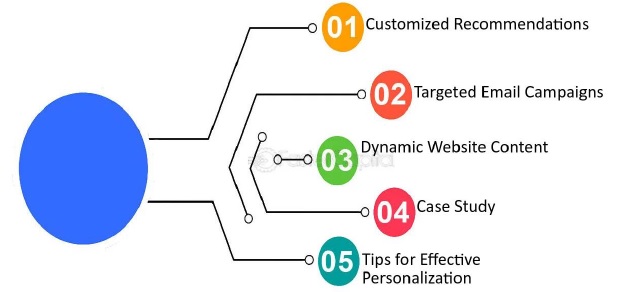New Developments in ROI Analysis and Measurement: A Comprehensive Review
DOI:
https://doi.org/10.54741/ssjar.2.5.3Keywords:
return on investment (roi), profitability, measurement, analysisAbstract
Organizations looking to stay competitive and prosper must now grasp and adjust to new developments in ROI assessment and analysis in the quickly changing business environment of today. The dynamic field of ROI measurement is examined in this article, which also highlights cutting-edge methods and trends that are changing how companies assess their investments. This essay explores the revolutionary shifts that are altering the ROI environment, from the use of artificial intelligence and sophisticated analytics to the growing significance of sustainability and social impact measurements. Businesses may obtain a competitive edge and make wise decisions that result in long-term growth and success in a market that is changing quickly by keeping ahead of these developing trends.
Downloads
References
Anderson K., & Woodill G. (2004). Calculating the Return on Investment (ROI) of corporate elearning. A White Paper, Operitel Corporation. Available at: http://www.operitel.com/lib/pdf/wp_roi.pdf.
Bailey A. (2005). The kirkpatrick/phillips model for evaluating human resource development and training. CEO, Learning Designs Online. Available at: http://www.busgurus.ca/media/pdf/the-kirkpatrick-phillips-evaluation-modelen.pdf.
Galloway D.L. (2005). Evaluating distance delivery & e- learning: Is kirkpatrick’s model relevant?. Performance Improvement, 44(4), 21–27.
HP (2004). Summary process for measuring roi of hp. A White Paper, HP Invent, Hewlett-Packard Development Company, L.P. Available at: www4.hp.com/education/upload/gr/el/ROI%20-%20WhitePaper.pdf.
Mckinsey Discussion Paper. (2018). Mckinsey global institute. Notes From The AI Frontier Modeling the Impact of AI on World Economy.
Miciuła Ireneusz, Kadłubek Marta, & Stepien. (2008). Modern methods of business valuation—Case study and new concepts.
Peak D., & Z.L. Berge. (2006). Evaluation and eLearning. Turkish Online Journal of Distance Education-TOJDE, 7(1), 124–131.
Phillips J.J. (2003). Return on investment in training and performance improvement program, series: Improving human resource performance series. (2nd ed.). Butterworth Heinemann, Elsevier Science.
Skillnets Ltd. (2005). Measuring the impact of training and development in the workplace. Skillnets: Enterprise Led Learning Networks: Boosting Skills & Productivity, Skillnets Ltd. Available at: http://www.skillnets.ie/sites/skillnets.ie/files/pdf/Measuring_th e_Impact_-_Final_Report.pdf.
UN Department of Economic Social Affairs. (2021 April). Sustainable development goals: Resource guide of artificial intelligence strategies.
Willyerd K.A. (1997). Balancing your evaluation act training. ERIC, 34(3), 54–58.
Wilson D. (2004). Measuring and proving the value of learning. An Elearnity Viewpoint Paper, Elearnity: Proving Value, Elearnity Limited, Shilling House, 20 Ampney Crucis, Cirencester, Gloucestershire, GL7 5SA, United Kingdom.

Downloads
Published
How to Cite
Issue
Section
ARK
License
Copyright (c) 2022 Dr. Babita Neeraj Shukla

This work is licensed under a Creative Commons Attribution 4.0 International License.
Research Articles in 'Social Science Journal for Advanced Research' are Open Access articles published under the Creative Commons CC BY License Creative Commons Attribution 4.0 International License http://creativecommons.org/licenses/by/4.0/. This license allows you to share – copy and redistribute the material in any medium or format. Adapt – remix, transform, and build upon the material for any purpose, even commercially.










